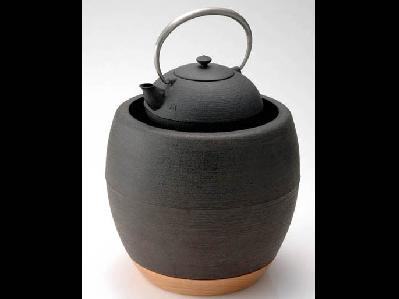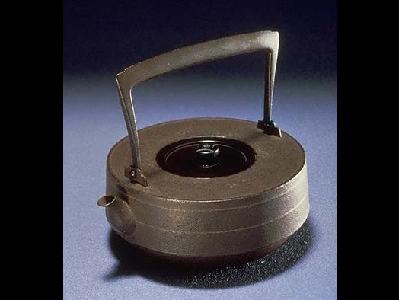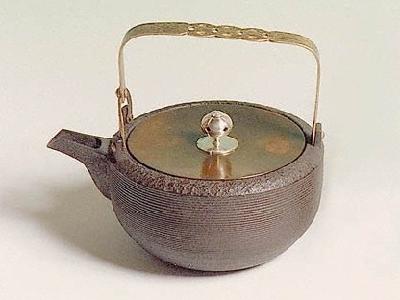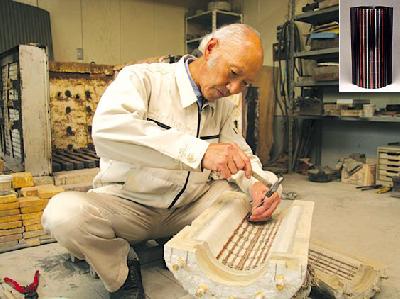|
Shouemon Kotabe was born in the Ibaragi Prefecture in 1971.
Mr. Kotabe is the 37th successor to his family’s foundry business which has been handed down for over 800 years.
Since his childhood, Mr. Kotabe helped his father make temple bells. After graduating with a Metal Engineering degree from National Takaoka College (now Toyama University), he went into training at an iron kettle studio in Morioka. He then, returned to the Kotabe Foundry run by his father and took charge of it at the age of 25.
At the foundry, on the foot of Tsukuba Mountain, Mr. Kotabe makes temple bells, fire bells and rainwater bowls. Orders come from all over Japan as well as from other countries.
After consulting about letters and patterns, he creates a mold with local sand and clay and then pours copper and tin heated to 1200 ºC into the mold. Because he doesn’t color the bells, he takes considerable time to create an elaborate mold. It takes four to six months and occasionally as long as one year to make one temple bell. A bell newly taken out from a mold is orange-brown in color. Its tone gradually changes to red, then purple and finally to blue-green. As time passes, the local air makes the bell change its color.
Wanting the sound of his bells to resonate in people’s hearts, Mr. Kotabe continues his quest for the perfect bell-tone.
Mr. Kotabe is the 37th successor to his family’s foundry business which has been handed down for over 800 years.
Since his childhood, Mr. Kotabe helped his father make temple bells. After graduating with a Metal Engineering degree from National Takaoka College (now Toyama University), he went into training at an iron kettle studio in Morioka. He then, returned to the Kotabe Foundry run by his father and took charge of it at the age of 25.
At the foundry, on the foot of Tsukuba Mountain, Mr. Kotabe makes temple bells, fire bells and rainwater bowls. Orders come from all over Japan as well as from other countries.
After consulting about letters and patterns, he creates a mold with local sand and clay and then pours copper and tin heated to 1200 ºC into the mold. Because he doesn’t color the bells, he takes considerable time to create an elaborate mold. It takes four to six months and occasionally as long as one year to make one temple bell. A bell newly taken out from a mold is orange-brown in color. Its tone gradually changes to red, then purple and finally to blue-green. As time passes, the local air makes the bell change its color.
Wanting the sound of his bells to resonate in people’s hearts, Mr. Kotabe continues his quest for the perfect bell-tone.
| [→より詳しい記事を見たい方はこちら] | |
| [+ADDRESS] | 
|
















